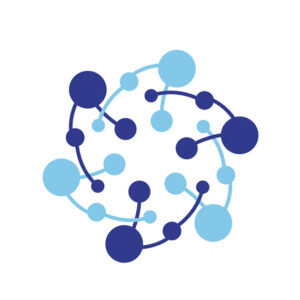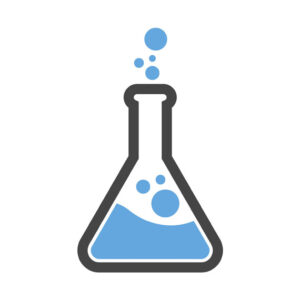Research
The overall aim of the Seno|Targ project is to characterize and target cellular senescence and mitochondrial dysfunction in physiological, pathological and iatrogenic conditions.
Evaluation of senescence and mitochondrial dysfunction in different contexts would enable a comprehensive understanding of the pathways regulating aging and may highlight novel targets or compounds effective for the treatment of age-related diseases.
New targets identified based on this approach will guide the development of new hypotheses, prognostic biomarkers and rational drug selection for future studies.
The project is built around strong preliminary evidence collected by the participants of druggable targets commonly deregulated in senescence and mitochondria that are associated with cancer and aging in models of liver, kidney, and heart injury.
While some of these compounds are already clinically available and do not require further lead optimization others require medicinal chemistry.
Relevance and impact
Seno|Targ will address the following scientific questions
1. Can we develop/repurpose compounds that target senescent cells or mitochondrial dysfunction for the treatment of different disorders?
2. What is the identity of senescent cells in different physiological and pathological conditions and how do mitochondria affect senescence in this context?
3. How do senescence and mitochondrial dysfunction affect the tissue microenvironment?
4. Given the balance between senescence-related dysfunction and SASP-mediated protective effects, what is the best timing for senolytic therapy in different disorders?
The project will implement the following four Work Packages:
WP1 Network
The collaborative and interdisciplinary network established across the four groups in Zurich, Lausanne, Bellinzona and Lugano will allow a continuous exchange of knowledge through an online platform for sharing data and regularly conferences with all Synergia partners.
WP2 Compound's cross-validation
WP2 consists in the combination of two innovative platforms aimed to identify compounds targeting senescence (Alimonti’s lab) and interfering with lifespan in C. elegans (Auwerx’s lab) and in the cross validation of the most promising compounds that could be effective in a complex biological system such as aging and cancer.
WP3 Testing
The collaborative and interdisciplinary network established across the four groups in Zurich, Lausanne, Bellinzona and Lugano will allow a continuous exchange of knowledge through an online platform for sharing data and regularly conferences with all Synergia partners.
WP4 Data integration
The collaborative and interdisciplinary network established across the four groups in Zurich, Lausanne, Bellinzona and Lugano will allow a continuous exchange of knowledge through an online platform for sharing data and regularly conferences with all Synergia partners.
The project will implement the following four Work Packages:
WP1 Network

The collaborative and interdisciplinary network established across the four groups in Zurich, Lausanne, Bellinzona, and Lugano will allow a continuous exchange of knowledge through an online platform for sharing data and regular conferences with all Synergia partners.
WP2 Compound's cross-validation

WP3 Testing

In WP3, the retained compounds will be tested in models of metabolic disorders (NASH/NAFLD), tissue injury (kidney and heart), and cancer (prostate). Phenotypic, molecular, and multi-omic characterization (RNAseq, proteomics, metabolomics) will be performed in each model.
WP4 Data integration

In WP4, data from the different models and omic layers will first be analyzed separately to determine features (genes, proteins, metabolites) that change in response to compound treatment. Integration of the different layers and then models will be performed at the level of gene sets or pathways after performing enrichment analyses on each layer separately. The information from these different omic layers and models will allow the identification of possible treatment strategies for the different studied pathologies.


